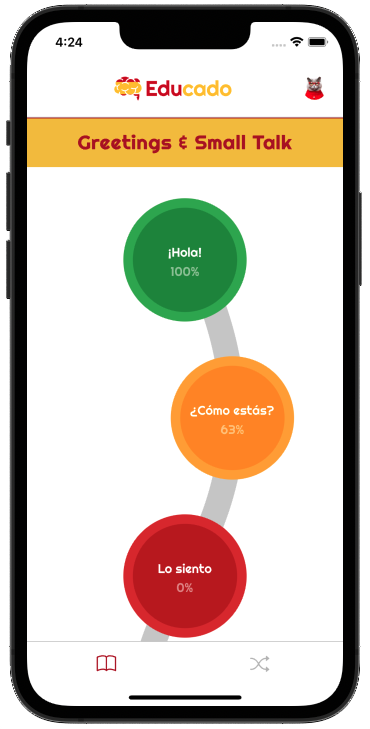How to use the present perfect tense in Dutch (het perfectum)
The present perfect tense is used in both English and Dutch, but the way it is applied and understood can differ between the two languages.
English
In English, the present perfect tense is formed using "have" or "has" followed by the past participle of the main verb (e.g., "I have eaten," "She has visited"). This tense is often used to describe actions that have occurred at an unspecified time before now. The exact time is not important; what matters is that the action has relevance to the present. For example:
- "I have finished my homework." (This indicates that the homework is complete now.)
- "She has visited Paris." (This suggests that at some point before now, she visited Paris, and it might be relevant to the current situation or conversation.)
The present perfect tense can also describe an action that started in the past and continues up to the present moment, especially when using time expressions like "for" or "since":
- "I have lived here for five years." (This means I started living here five years ago and I still live here.)
Dutch
In Dutch, the present perfect tense is formed similarly, using the auxiliary verbs "hebben" (to have) or "zijn" (to be) followed by the past participle (e.g., "Ik heb gegeten" for "I have eaten," "Zij is geweest" for "She has been").
However, Dutch uses the present perfect tense more frequently than English does, often for actions that would be described in the simple past tense in English. For example:
- "Ik heb een boek gelezen." (This would usually translate to "I read a book" in English, using the simple past, but would be better translated as "I have read a book".)
In Dutch, the present perfect is used not only for actions relevant to the present but also for those completed in the past, even when the time is known or specified:
- "Ik heb gisteren een boek gelezen." (Literally, "I have read a book yesterday," but in English, it would be more natural to say, "I read a book yesterday.")
This difference means that learners of Dutch need to be mindful of using the present perfect more broadly, while English speakers must remember that the use of the present perfect in English emphasizes the connection to the present moment or relevance.
In this lesson we're going to introduce you to five irregular verbs. In the next lessons, we're going to focus on the regular verbs.
© Copyright Educado 2024 - All rights reserved
Educado | Opaallaan 1180 | 2132LN | Hoofddorp | Netherlands


